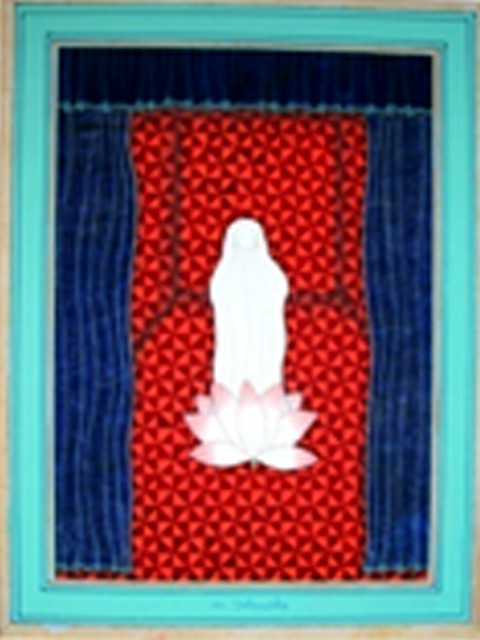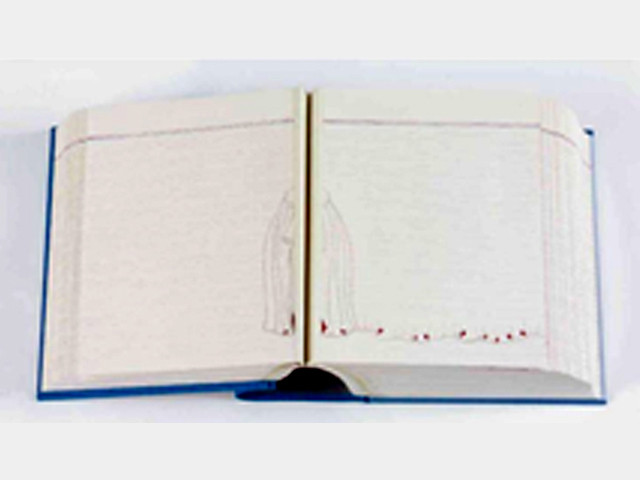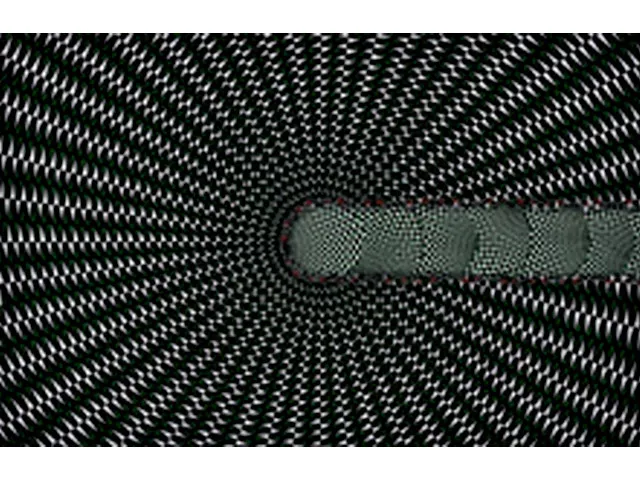Aisha Khalid’s artworks reflect spiritual journey influenced by Sufism
A most intriguing aspect of her art is the way she presents notions of self-identity in her work
KARACHI:Expansive is a good adjective to describe Aisha Khalid’s work. She draws our attention from the specific to the whole, from the local to the cosmic.
The Aisha Khalid retrospective provides a wonderful opportunity to study her work in a holistic manner. The tremendous variability in scale from the minute to the monumental comes through with great clarity in the retrospective. This shifting quality in her art lends itself to the title of the retrospective ‘I Am and I Am Not’.
As one of the foremost contemporary miniaturists, Aisha combines traditional techniques with innovative concepts that have brought international acclaim to her and to the art of miniature painting as it has developed in Pakistan. Aisha is also an educator and continues to mentor emerging artists. She has quite recently turned her attention to agriculture thus adding another dimension to her achievements.
Aisha’s artwork is created from figurative, geometric and botanical elements. Whereas her figurative art is always combined with geometrical patterns and botanical motifs, She has taken geometrical patterns to a highly complex level and infused metaphorical allusions into them.
A most intriguing aspect of her art is the way she presents notions of self-identity in her work. At times her persona is evident in the motifs she has crafted. Yet, this persona can disappear completely in her abstract works.

In her earlier work, currently on display at Chawkandi Art, the female figure in a blue burqa is a recurring motif and it signifies many things. It addresses her own feelings about gender and female identity. It raises provocative questions regarding the covering of the female body. Aisha used a chador as a teenaged student in her hometown, and she felt the comfort of anonymity it provided from the male gaze.
The burqa motif reappeared in her work titled ‘Name, Class, Subject’ (2009), in which she critiqued the inequalities of the Pakistani education system.
Her personal relationship to the burqa, as expressed in her art as a persona for herself, expanded into a metaphor for social criticism.
Aisha has retained figuration in her more recent diptych ‘Two Worlds as One’ (2016), currently on display at Frere Hall. This monumental tapestry “embroidered” with nails rather than thread, shows figures of men which have been taken from a traditional miniature painting. They are no longer personal symbols but have instead been infused with political meaning as they interrogate hierarchies of global oppression created by the political inequalities of East and West.

Aisha’s exquisite rendition of Islamic geometry has become a characteristic of her mature work. Geometry played a role in her early work. She used it in segments frequently coupled with figurative elements. Her early memories of patterned tiles on the floor of her family home inspired her absorption with geometry.
The mature purely geometric works are cosmic in their impact. The colours pulsate with energy creating a feeling of optical movement. She paints to music and the melody comes through in the careful radiation of lines that move back and forth from centre to infinity creating an illusion of movement.
These masterfully painted works attest to her powers of concentration. Moreover, they reflect her spiritual journey influenced by Sufism.
These dizzying works are not ornamentation. They are meditative reflections wrought in paint and paper. They address the mysterious affinity that an individual has with the infinite.
We are drawn in by the swirl of line and colour and we transcend into an altered reality that connects us with vastness.
In this realm, Aisha simultaneously asserts and destroys the notion of the individual. She is and she is not.


COMMENTS
Comments are moderated and generally will be posted if they are on-topic and not abusive.
For more information, please see our Comments FAQ